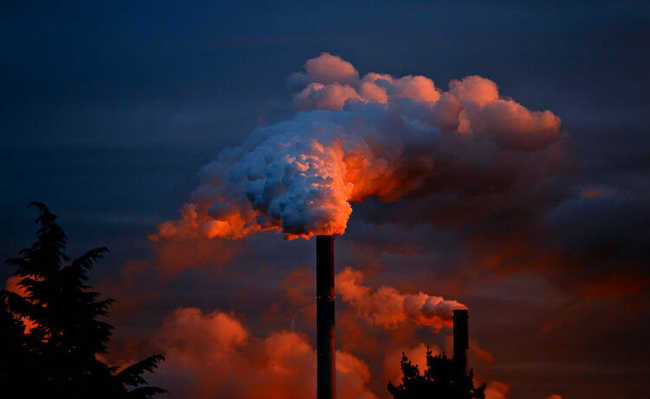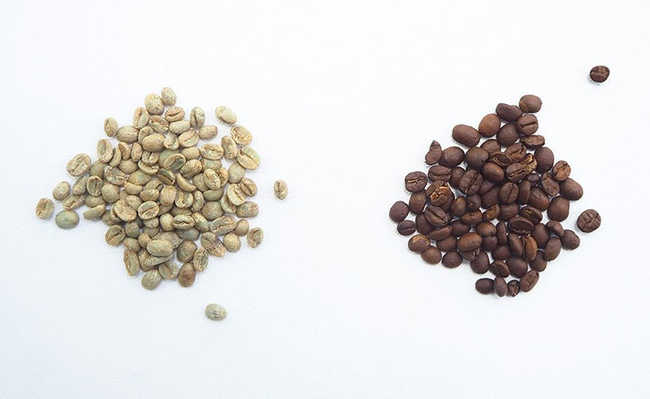Dichloromethane: a new enemy of the ozone layer
Montreal Protocol did not include dichloromethane in the list of banned compounds

Ozone layer
The ozone layer is a fragile protection of the globe formed by ozone gas (O3). This gas, which in the layers closest to the Earth is a pollutant and contributes to acid rain, in the upper layers it works as a protection for animals, plants and humans against the ultraviolet rays emitted by the Sun.
Some gases that have chlorine in their composition (organochlorine compounds) work as destroyers of the ozone layer, as chlorine reacts with ozone, putting an end to O3 molecules and, therefore, reducing the layer formed by O3. With this in mind, in 1987, the world's nations inaugurated the Montreal Protocol, which aimed to regulate the production of gases that destroy the ozone layer, mainly chlorofluorocarbons (CFCs), whose goal was to eliminate the use of 15 different types.
Dichloromethane
Dichloromethane, which is liquid at room temperature but has high volatility, as its name suggests, also has chlorine in its composition and, therefore, when it volatizes, it reacts with O3 destroying the ozone layer. However, despite being an organochlorine compound like CFCs, its use was not prohibited by the Montreal Protocol, as its lifetime (duration) in the atmosphere was considered to be very short (around 6 months) and that is why it did not pose a danger to the ozone layer.
Despite this decision, currently dichloromethane (CH2Cl2) has brought concerns.
This liquid that is used as an industrial solvent, raw material in the production of other chemical products, foam plastic expansion agent, degreaser in metal cleaning, paint remover, solvent in the expansion of thermal insulators, solvent in agriculture, medicine preparer and expander of thermal insulators for air conditioners and refrigerators, had its atmospheric concentration increased by around 8% since 2000, mainly in the Northern Hemisphere.
According to a study published by the journal nature, the problem is that if this trend of increasing the concentration of dichloromethane continues, there will be a delay in the return of the ozone layer to 1980 levels, a goal that was being achieved after the regulation established by the Montreal Protocol.
Since natural sources of dichloromethane are small, the growth in emissions is most likely due to industry activities. This growth, according to the publication of the nature, has significant importance in Asia, mainly in the Indian subcontinent (southern peninsular region of Asia).
And with the greatest growth in developing countries like Latin American countries, including Brazil, the trend is for these emissions to increase and remain at relatively high standards.
health effects
In a study in rats, dichloromethane caused birth defects in offspring whose mothers breathed dichloromethane during pregnancy. Rats that consumed water and air containing dichloromethane had liver problems, including cancer.
Humans exposed to dichloromethane in the workplace have shown evidence that dichloromentane is also carcinogenic to people.
Substitute
As it is carcinogenic and easily lost to the atmosphere due to its volatility, dichloromethane has the potential to be replaced by a more stable gas, methyltetrahydrofuran.
methyltetrahydrofuran is a liquid organic compound at room temperature and a potential substitute for dichloromethane. The advantage is that it is made from renewable sources such as corn, sugarcane bagasse and oat husks.
In addition, because it is easier to separate and recover from water and has low heat vaporization, it produces less waste, has less solvent loss and saves energy during distillation and recovery.
discard
In relation to household waste, the main concentrations of dichloromethane are in air conditioners and refrigerators. If refrigerators and air conditioners are improperly disposed of, the dichloromethane can leak and end up in the atmosphere. Therefore, the best destination for these objects is recycling, so that dichloromethane and other materials can be recovered and reused.
To make the correct disposal, check which are the collection points closest to your residence in eCycle portal.










